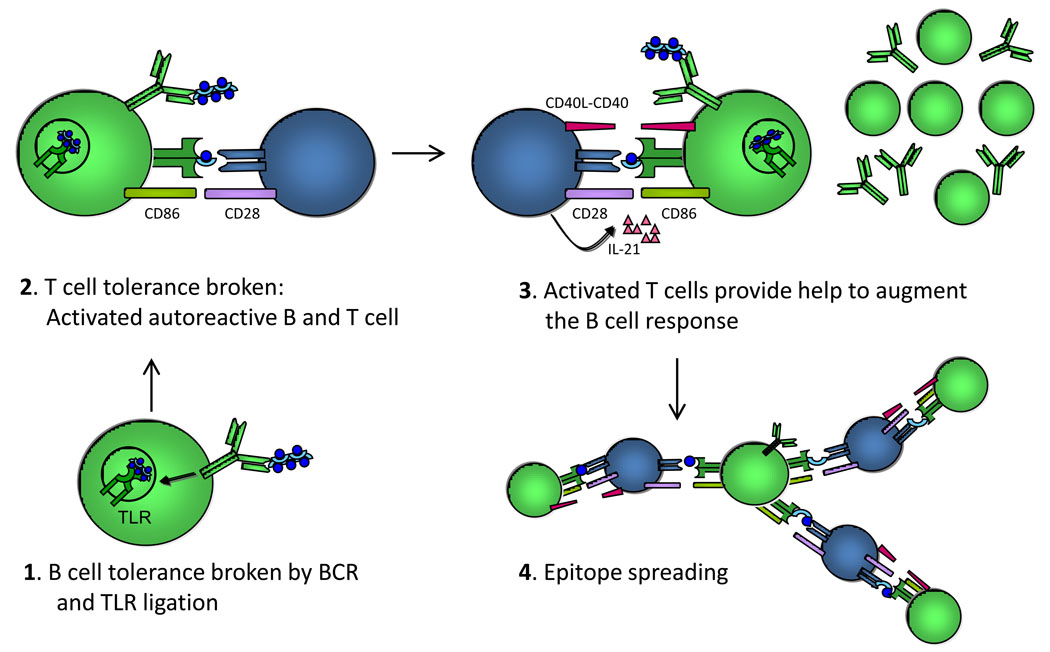Figure 1. Proposed model for B cell-mediated, TLR-dependent initiation of the autoimmunity feedback cycle.
In step 1, B cell tolerance (or ignorance) is broken in autoAg-specific B cells that recognize self-Ags that carry an endogenous TLR ligand, such as DNA. In step 2, these B cells present autoAg to any self-reactive T cell that can recognize an epitope that is contained on the self-Ag recognized by the B cell. In this case, it is the “blue circle”. The T cell becomes activated, expressing CD40L and IL-21 (shown in step 3) along with other costimulatory molecules and cytokines (not shown). In step 3, these activated T cells provide help to the cognate B cells, leading to enhanced Ab production, isotype switching, clonal expansion and somatic hypermutation. In step 4, the activated B cells can present various different epitopes to T cells with different specificity allowing these in turn to promote the activation of additional autoreactive B cells. Some of these may not need a TLR ligand for activation as they have help now from previously activated T cells. Examples of this include cells specific for the “semi-circular light blue disk” on the right of the panel.

